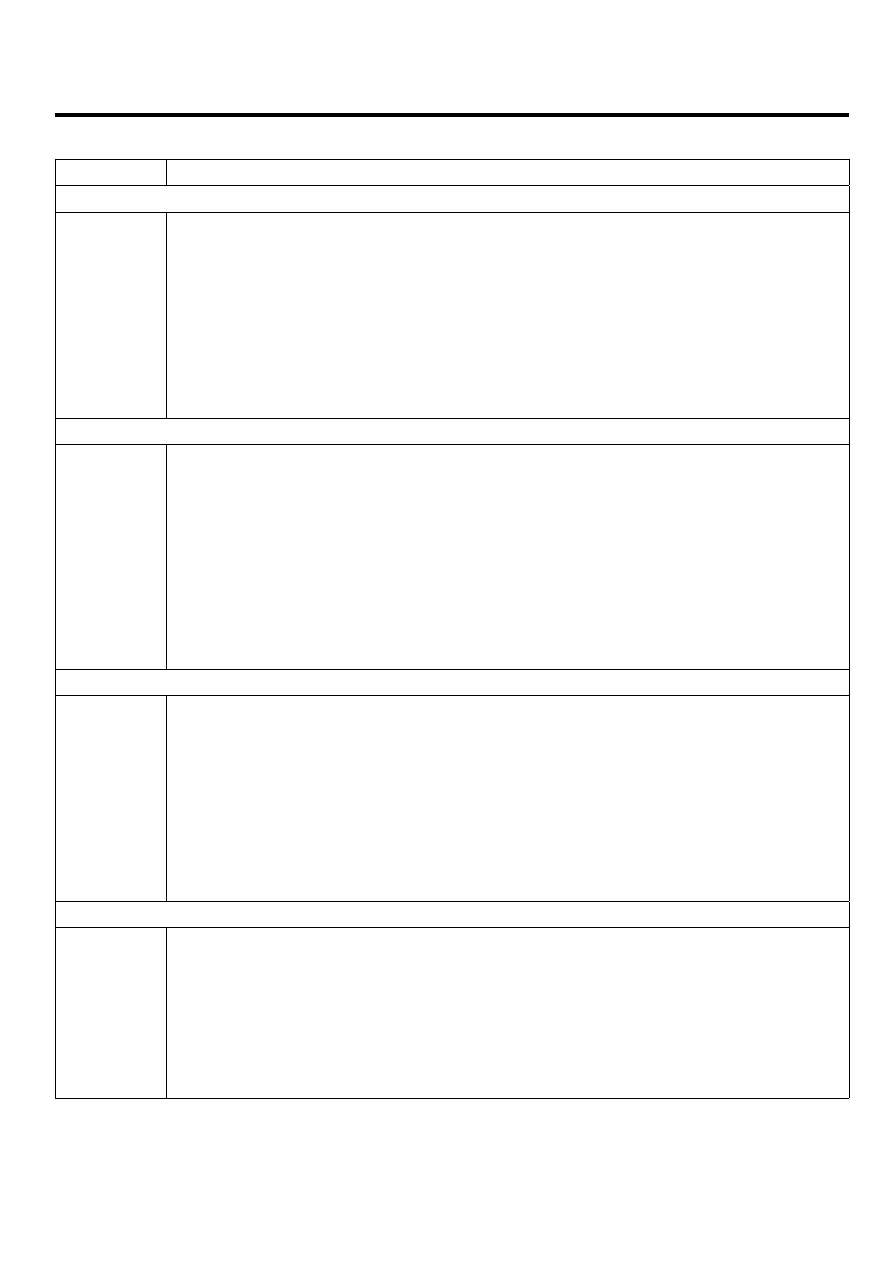Hyundai Santa Fe (2006 year). Manual - part 776

GENERAL
SS -11
DETAILED TEST A : FRONT SUSPENSION NOISE
CONDITIONS
DETAILS/RESULTS/ACTIONS
A1 ROAD TEST THE VEHICLE
1.
Test drive the vehicle.
2.
During the road test, drive the vehicle over a rough road. Determine from which
area/component the noise is originating.
●
Is there a squeak, creak or rattle noise ?
⇒
YES
Go to A2.
⇒
NO
The suspension system is OK. Conduct a diagnosis on other suspect systems.
A2 INSPECT THE STEERING SYSTEM
1.
Check the steering system for wear or damage.
Perform a steering linkage test.
Inspect the tire wear pattern.
●
Are the steering components worn or damaged ?
⇒
YES
Repair the steering system. Install new components as necessary.
Test the system for normal operation.
⇒
NO
Go to A3.
A3 FRONT SHOCK ABSORBER/STRUT CHECK
1.
Check the front shock absorbers/strut mounts for loose bolts or nuts.
2.
Check the front shock absorbers/struts for damage. Perform a shock absorber check.
●
Are the front shock absorbers/struts loose or damaged ?
⇒
YES
Tighten to specifications if loose.
Install new front shock absorbers/struts if damaged. Test the system for normal operation.
⇒
NO
Go to A4.
A4 CHECK THE FRONT SPRINGS
Check the front spring and front spring mounts/brackets for wear or damage.
●
Are the front springs or spring mounts/brackets worn or damaged ?
⇒
YES
Repair or Install new components as necessary. Test the system for normal operation.
⇒
NO
Go to A5.